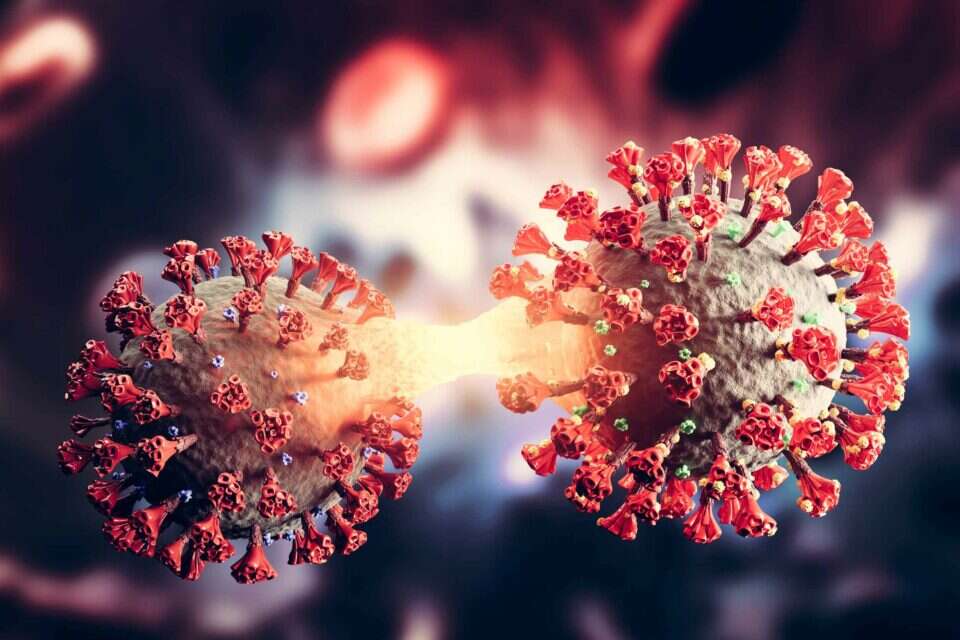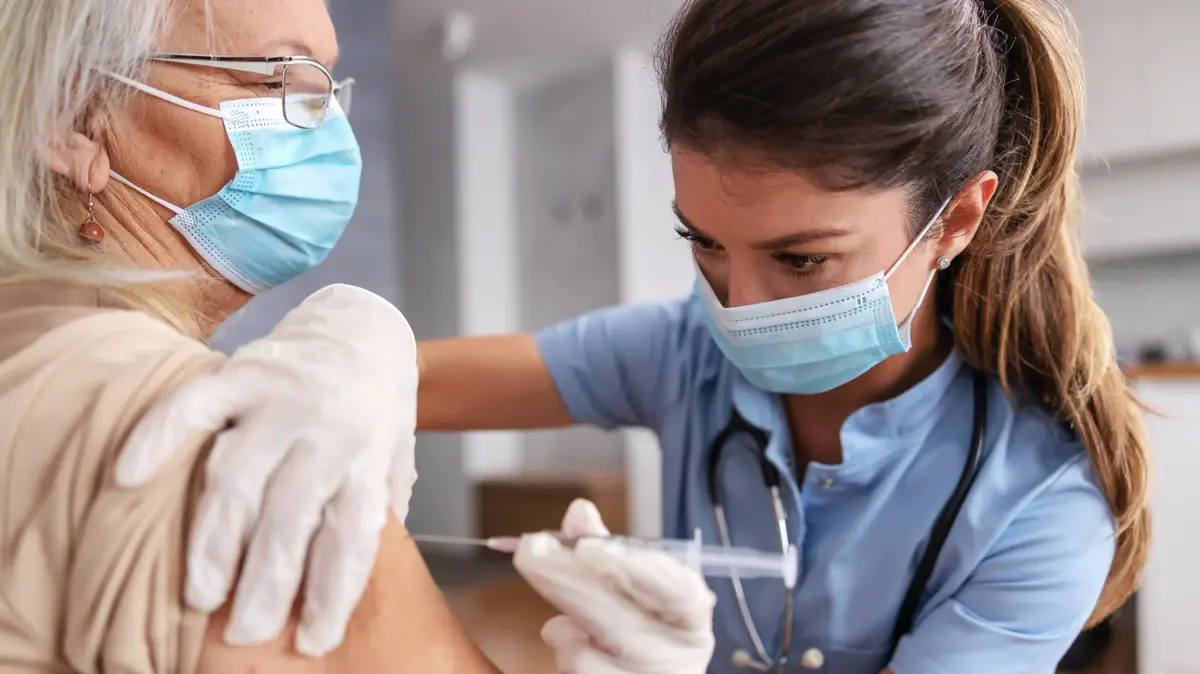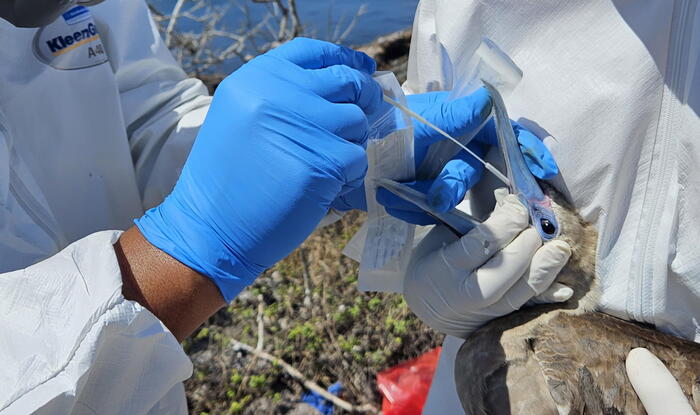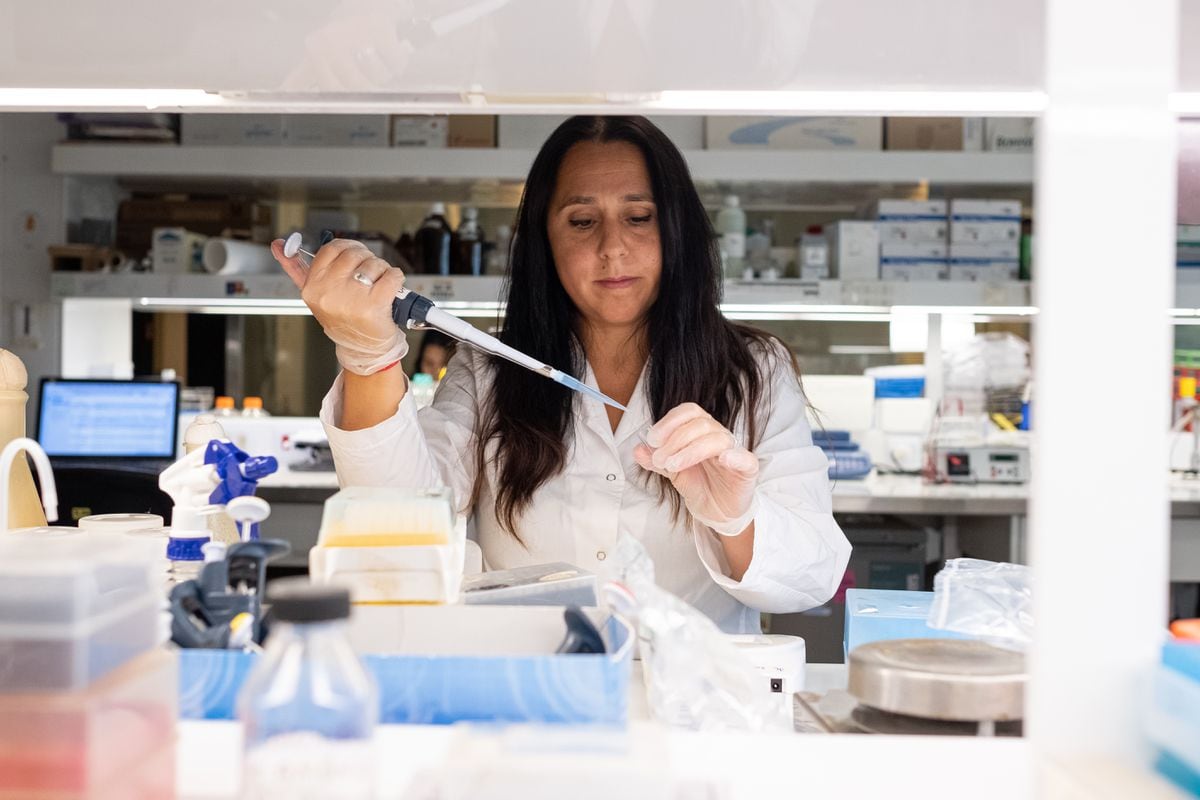As global attention is drawn to what is happening in Ukraine, slowly around the world, including Israel, an increase in corona morbidity has begun that raises fears of a sixth wave, not long after the recovery from the Omicron wave has just begun.
And who is responsible for this concern?
The "little brother" of the Omicron (BA1), the BA2 variant.
The existence of the subspecies was revealed last November, it has already been reported, and it was also found in Israel more than a month ago.
But now it seems to be becoming more and more dominant.
Only at the beginning of February did the director general of the Ministry of Health, Prof. Nachman Ash, estimate that the variant was responsible for 10% of the morbidity in Israel. And this week, estimates at the Ministry of Health already speak of 50% to 60% of cases.
Prime Minister Bennett and Minister of Health Horowitz (archive), Photo: Moti Milrod
So what do we know about this subspecies so far?
According to correct estimates, it does not cause significantly more severe disease.
However, he is probably 50% more contagious than his older brother.
One of the unique characteristics of BA2 is its ability to evade PCR, which has earned it the nickname "the latent omicron".
This means that it is possible to diagnose that the person is infected with the corona, but due to a change in the mutation, it is not possible to diagnose exactly which strain it is.
Although the importance of this characteristic decreases as the variety spreads (as it did with the omicron that became the dominant variety at the expense of the delta), it still has some significance in light of the different characteristics between the types of variants.
Also in terms of symptoms, there are some differences between the omicron and its little brother.
Washington County District Physician Dr. Francisco Velasquez told KREM (a CBS subsidiary in Spokane) that in addition to omicron symptoms - of nasal congestion, headaches, fatigue, sneezing, coughing, sore throat and fever - those infected with sub- The strain may also suffer from dizziness.
Another question that bothers experts is how much the vaccine protects against the sub-strain, and does sticking to the original omicron provide protection?
As for the first question, experts estimate that despite the ability to evade vaccines similar to "Big Brother" (infection prevention between 30% and 40%), it is not expected to provide protection against serious illness in about 86% of cases.
As for the second question, although there is evidence of re-infection for those infected with Omicron (as revealed in a study in Denmark), the prevailing assessment is that the protection that the antibodies present in the body in recoverers provide good protection.
The one who went further is the well-known British newspaper Financial Times, which published an article last week under the headline: "Vaccines and omicrons mean that corona is less deadly in England than the flu."
The article contains data based on calculations made by the FT, according to which 35 out of every 100,000 people infected with Omicron will die, compared with 40 out of every 100,000 among those infected with the flu.
So despite the data, why are we experiencing an increase in infection in different parts of the world?
According to the World Health Organization (WHO) there are three reasons for the same increase.
First as mentioned, there is the Omicron and its little brother.
World Health Organization, Photo: IP
According to the UN Health Agency, "out of 400,000 tests collected in the last month - 99% of them are from Omicron, and 75% of those infected were infected with the subgenus."
According to Dr. Maria van Krakow of the World Health Organization “no more serious illness is seen.
However, in large numbers, we are seeing an increase in hospitalizations, and we are anticipating this in country after country. "
The second reason for the same increase in morbidity in many places is the removal of restrictions.
In Israel, as mentioned, the use of the green sign was abolished at the beginning of the month and the outline of tests in schools was stopped.
In Denmark, for example, all restrictions were lifted in early February.
"Reducing the use of masks, reducing social distance and removing all restrictions, are fertile ground for the virus to spread."
The American doctor also blames the public's complacency, this is due to incorrect information regarding the fact that the omicron is the "last variant" and that it is not a serious disease.
When do we really need to start worrying?
Once the World Health Organization decides that this is a "worrying variant", it will receive its own Greek letter.
Global snapshot
Meanwhile, as in Israel (where Prime Minister Naftali Bennett conducted a situation assessment), the rest of the world is preparing for the next wave, some of which are already experiencing an increase in infection.
In the UK, where all corona restrictions were removed as early as January, about 93,000 people were diagnosed yesterday and the weekly average is about 108,000 people a day.
Exactly two weeks ago (March 2), about 45,000 people were diagnosed and the daily average a week ago was about 59,000 people a day.
A European country that has experienced a severe wave is Germany, which yesterday (Wednesday) recorded a record number of people infected with the outbreak of the plague - 262,593 people (the country has 83 million inhabitants).
269 people died.
Last week, German Health Minister Robert Koch warned that this was a "critical period".
South Korea at the height of the Omicron wave, March 2022, Photo: GettyImages
A country that seems to be at its peak of morbidity is Hong Kong.
The country has about 8 million inhabitants (less than Israel) and no less than 279 deaths were recorded yesterday.
In the last week the average daily stands at 283 dead.
In the country there are restrictions as in the previous waves.
Among other things, the bars close at six in the evening and the gyms, theaters and movie theaters are completely closed.
Despite this, state leader Carrie Lam has announced that she will review the restriction policy as she feels "the public is losing patience".
Another Asian country experiencing a severe wave is South Korea.
Today, 621,328 new cases were registered in the country - a record number of outbreaks.
429 people died.
The numbers also surprised the authorities in the country, who predicted that at the height of the wave there would be around 450,000 infected a day (the country has about 52 million inhabitants).
Despite this, it seems the country will remove the restrictions.
In the coming days, the obligation to close the restaurants at 11 at night and the obligation to present immunization permits will be removed.
South Korea prides itself on its policy, which did not include closures, but did make an impressive operation to diagnose infections.
Were we wrong?
Fixed!
If you found an error in the article, we'll be happy for you to share it with us









